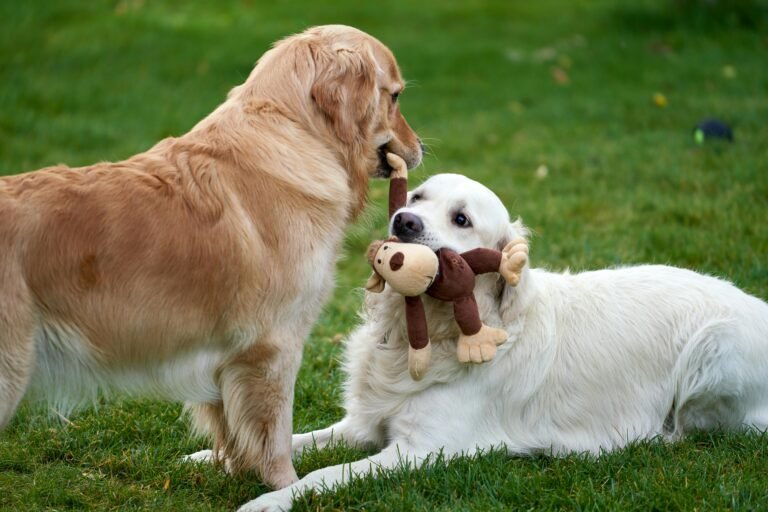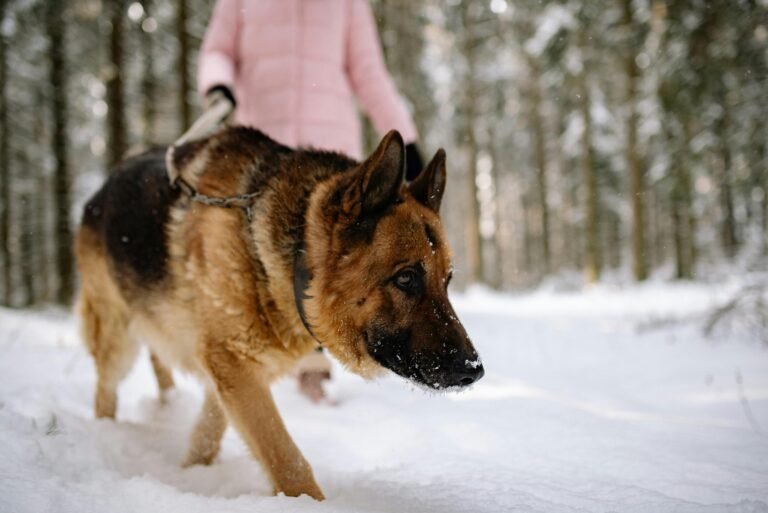Introduction
For decades, dog owners were told to “be the alpha” — to dominate their pets, assert control, and establish a strict pecking order. But modern animal behavior research has turned that old-school thinking on its head. The truth? Dogs don’t live by wolf-pack dominance rules, and treating them as subordinates often creates confusion, fear, or anxiety. Understanding the real nature of canine social behavior helps build stronger, healthier relationships based on trust, not control.
1. Where the Alpha Myth Came From
The “alpha dog” concept originated in the 1940s when biologist Rudolph Schenkel studied captive wolves. He observed aggressive hierarchies and coined the term “alpha” to describe dominant individuals. Trainers later applied this model to domestic dogs, assuming the same pack dynamics applied at home.
However, Schenkel’s wolves were unrelated adults forced into confinement — not natural family groups. Later studies of wild wolf packs revealed something totally different: cooperative families led by parents, not power-driven alphas.
Modern takeaway: The “alpha” model came from a misunderstanding of wolves in unnatural conditions, not dogs in real life.
2. What We Know Now About Dog Social Behavior
In natural settings, dogs form flexible social systems — cooperative, communicative, and emotionally intelligent. They thrive on structure and leadership, but not domination. Instead of power struggles, they rely on subtle cues, predictability, and trust to maintain order.
- 🐾 Dogs look for guidance, not submission.
- 🐾 They follow calm, confident energy, not fear or force.
- 🐾 Their loyalty is earned through consistency and fairness.
In short: dogs seek partnership, not hierarchy.
3. The Problem With “Alpha” Training
Methods based on dominance — such as forced rolls, shouting, or physical correction — are not only outdated but harmful. They rely on fear rather than understanding, often leading to more anxiety, reactivity, or mistrust.
- Fear-based obedience looks like control but often suppresses natural behavior rather than teaching alternatives.
- Conflict-based training damages communication; your dog obeys out of fear, not respect.
- Long-term effects include stress-related behaviors like avoidance, submissive urination, or sudden aggression.
Pro Tip: True leadership doesn’t mean being dominant — it means being consistent, calm, and clear.
4. How Dogs Actually Communicate Hierarchy
Dogs use cooperative communication rather than constant competition. They read subtle signals — posture, gaze, tail position, and tone — to maintain social harmony. Status is fluid and context-dependent, not fixed like an army rank.
- 🐶 In play, “dominant” roles shift frequently — one dog may lead, then submit, to keep the interaction fair.
- 🐶 In groups, confident dogs often defer to others to avoid conflict — true social intelligence.
- 🐶 Respect is earned through predictability and calm energy, not intimidation.
This flexibility keeps packs peaceful and cohesive — the opposite of the rigid “alpha” hierarchy once believed to exist.
5. The Role of Leadership — Not Dominance
Dogs absolutely need structure and direction — but that’s leadership, not dominance. A good leader provides clarity and safety. Your dog should look to you for cues, not fear your response.
- ✅ Set boundaries through consistency, not punishment.
- ✅ Reward cooperation and calm behavior.
- ✅ Use patience and repetition — dogs thrive on predictability.
- ✅ Model calm confidence — your energy teaches more than your words.
Pro Tip: Leadership builds respect; dominance breaks trust. Dogs follow those who make them feel safe.
6. What the Wolf Family Model Really Looks Like
Modern wolf studies by biologist David Mech — the very scientist who helped popularize the “alpha” idea — later disproved it. He found that wild packs are simply family units: parents lead, pups follow, and cooperation ensures survival. Conflicts are rare and short-lived.
Domestic dogs share this family-based model. They respond best to nurturing leadership rooted in empathy and communication, not power struggles.
7. Why “Being the Alpha” Backfires at Home
Using dominance-based tactics can confuse dogs and damage your relationship. When owners constantly try to assert control — eating first, walking through doors first, or punishing disobedience — dogs may become insecure rather than respectful.
- ❌ It replaces trust with fear.
- ❌ It suppresses curiosity and learning.
- ❌ It increases anxiety and reactivity over time.
Example: A dog punished for growling learns not to warn — increasing the risk of biting later. Communication breaks down when fear replaces feedback.
8. Positive Reinforcement: The Modern Alpha Alternative
Science-based training replaces dominance with partnership. Positive reinforcement — rewarding desired behavior — builds confidence, motivation, and lasting obedience.
- 🎾 Reward calm focus, not excitement or defiance.
- 🍗 Use treats, toys, or praise as meaningful rewards.
- 🕰️ Keep sessions short and upbeat for best results.
Pro Tip: Rewarding cooperation teaches your dog that following you leads to good things — no fear required.
9. Signs of a Healthy, Balanced Dog-Human Relationship
- 🐕 Your dog checks in with you voluntarily.
- 🐕 They respond to direction without tension or hesitation.
- 🐕 They seek guidance, not dominance or avoidance.
- 🐕 They show relaxed posture and trust during handling.
These are signs of respect and understanding — the foundation of true leadership.
10. How to Build Mutual Respect Without “Alpha” Behavior
- 💬 Communicate clearly — short, consistent commands work best.
- 🧠 Provide mental enrichment — training, puzzles, and games stimulate healthy focus.
- ⏰ Maintain predictable routines — structure reduces confusion and stress.
- ❤️ Reward calm behavior — reinforce the balance you want to see.
- 🙌 Be patient — dogs learn through trust, not tension.
11. What About Multi-Dog Homes?
Even in multi-dog households, hierarchies are fluid. One dog may lead during play, another during feeding routines. Instead of enforcing order, observe their dynamics and step in only when needed to maintain peace.
Pro Tip: Your job isn’t to “be alpha” — it’s to be the guide who ensures fairness, safety, and balance among all members of the pack.
Conclusion
The “alpha dog” myth belongs in the past. Today’s science paints a clearer, kinder picture: dogs aren’t rivals to conquer, but companions to understand. They don’t follow dominance — they follow trust. By replacing control with communication, we move from power to partnership, creating a relationship rooted in empathy, respect, and love. And that’s the kind of leadership every dog truly deserves.



